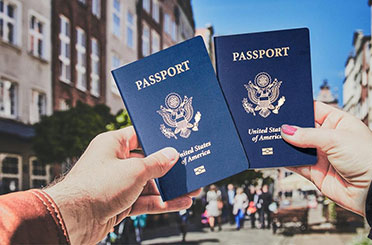Other tour
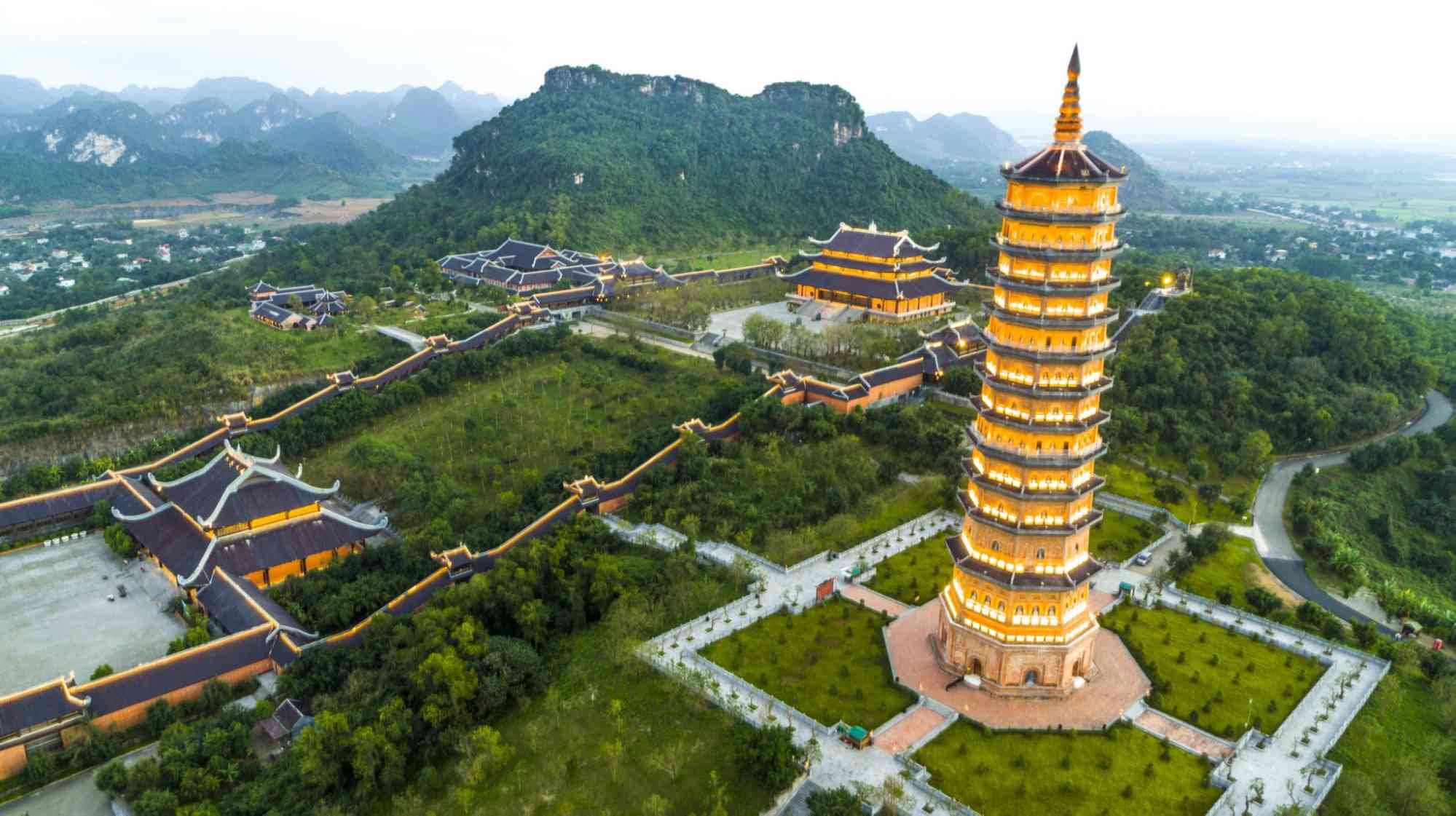 Details
Details
HOA LU – TRANG AN - MUA CAVE -1 DAY TRIP BY LIMOUSINE
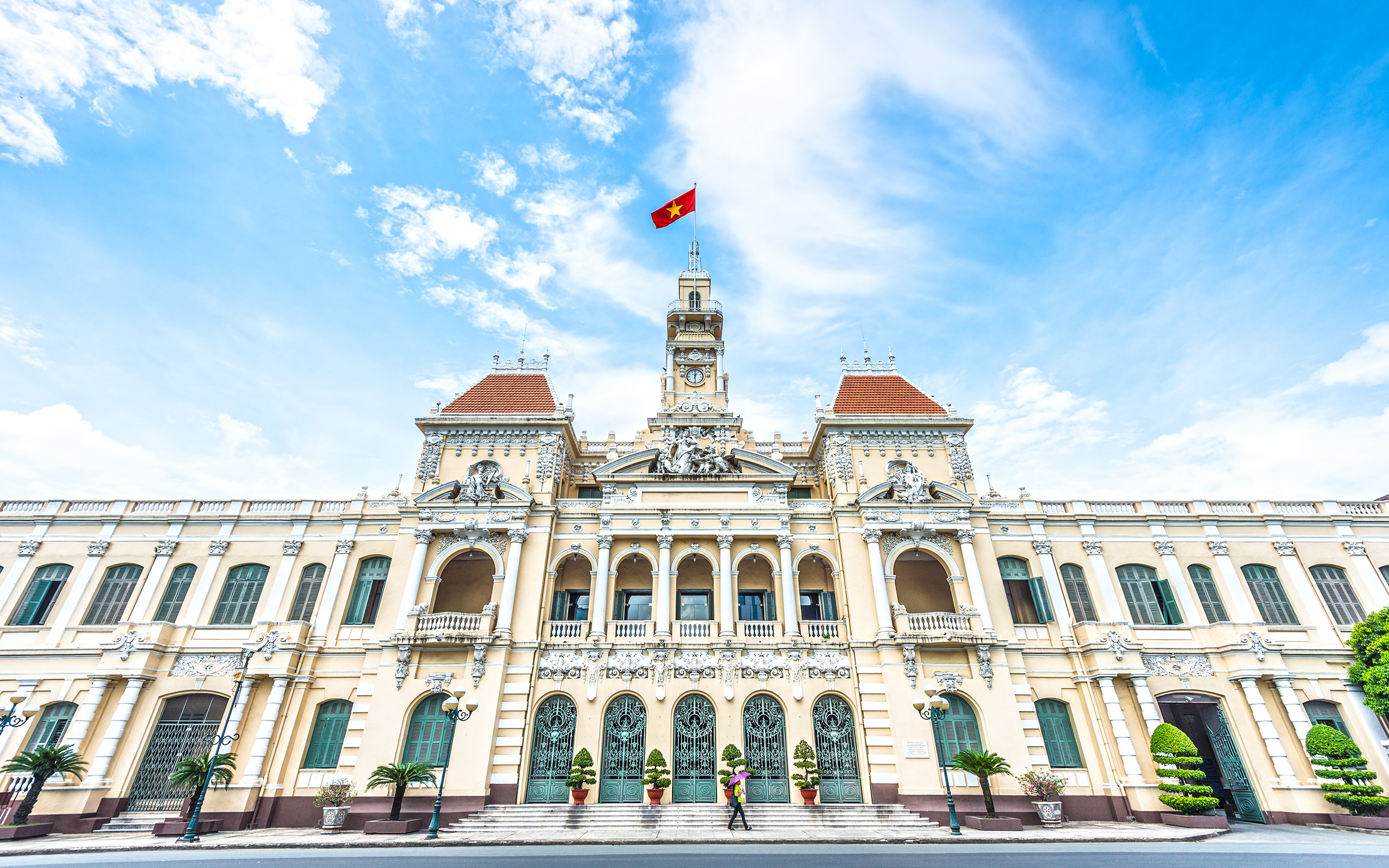 Details
Details
Ho Chi Minh - Cu Chi Tunnel - Ho Chi Minh
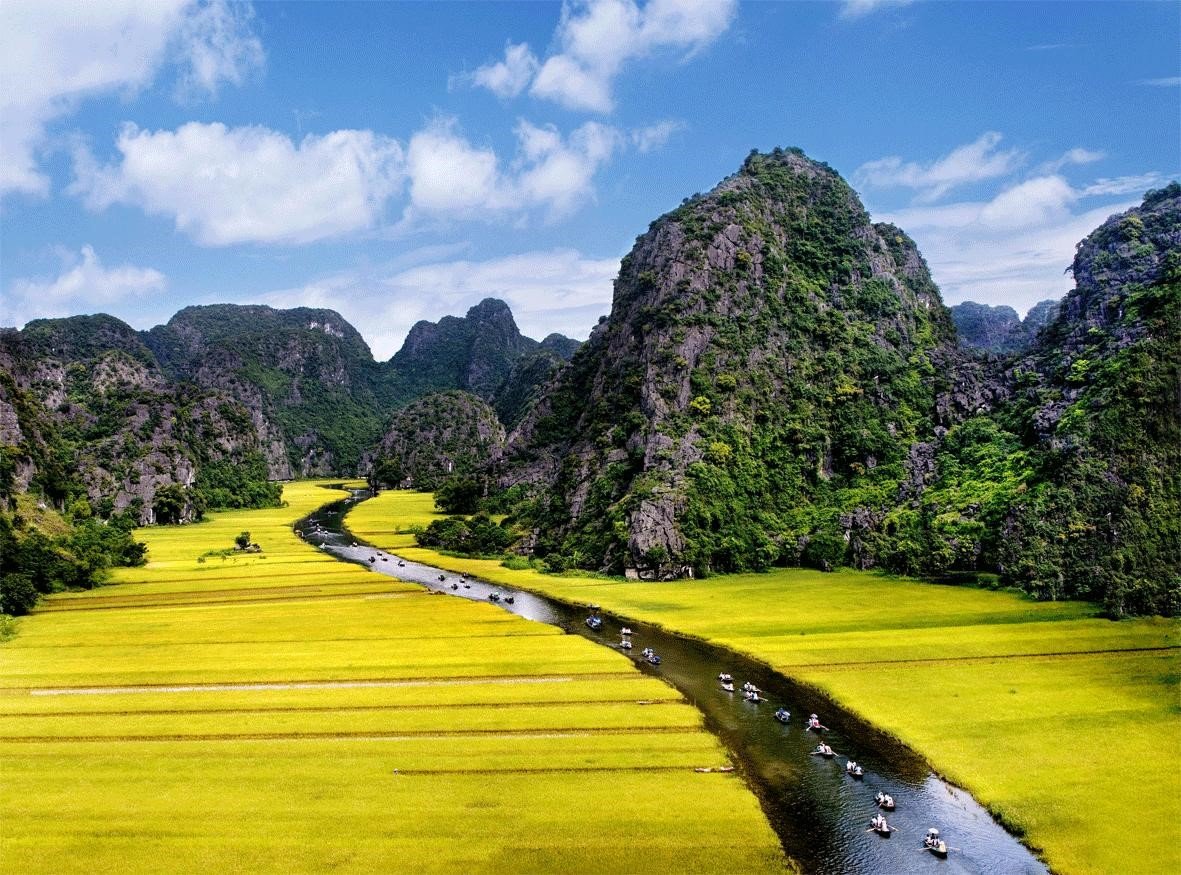 Details
Details
Hoa Lu - Trang An - Mua Cave - Tam Coc - Cycling
Other posts

ASIA FUSION TRAVEL
Welcome to Asia Fusion Travel - Where Diversity Meets Exploration
With over eight years of experience, our dedicated team has become a trusted partner for thousands of international visitors to Vietnam. Our support team is always ready to assist you throughout your vacation, ensuring a seamless and memorable experience.
We offer a wide range of travel products to suit every taste. Whether you prefer vibrant short-day tours or extended adventures, luxurious resort vacations or eco-friendly nature trips, we are committed to delivering the perfect journey tailored to your desires.
Our travel services are designed to be flexible and convenient. We provide joint tours, private tours, and tailor-made tours, along with hotel bookings, domestic flights, and transportation upon request. Our goal is to make your travel experience as smooth and enjoyable as possible.
Our mission is to introduce you to the mysteries and beauty of Asia. We offer exceptional travel experiences across Vietnam and neighboring countries like Thailand, Laos, and Cambodia. We are committed to providing the best prices without compromising on service quality.
Join Us at Asia Fusion Travel!
Let us guide you on a voyage of discovery unlike any other
.jpg)
Surprising Facts About Vietnam
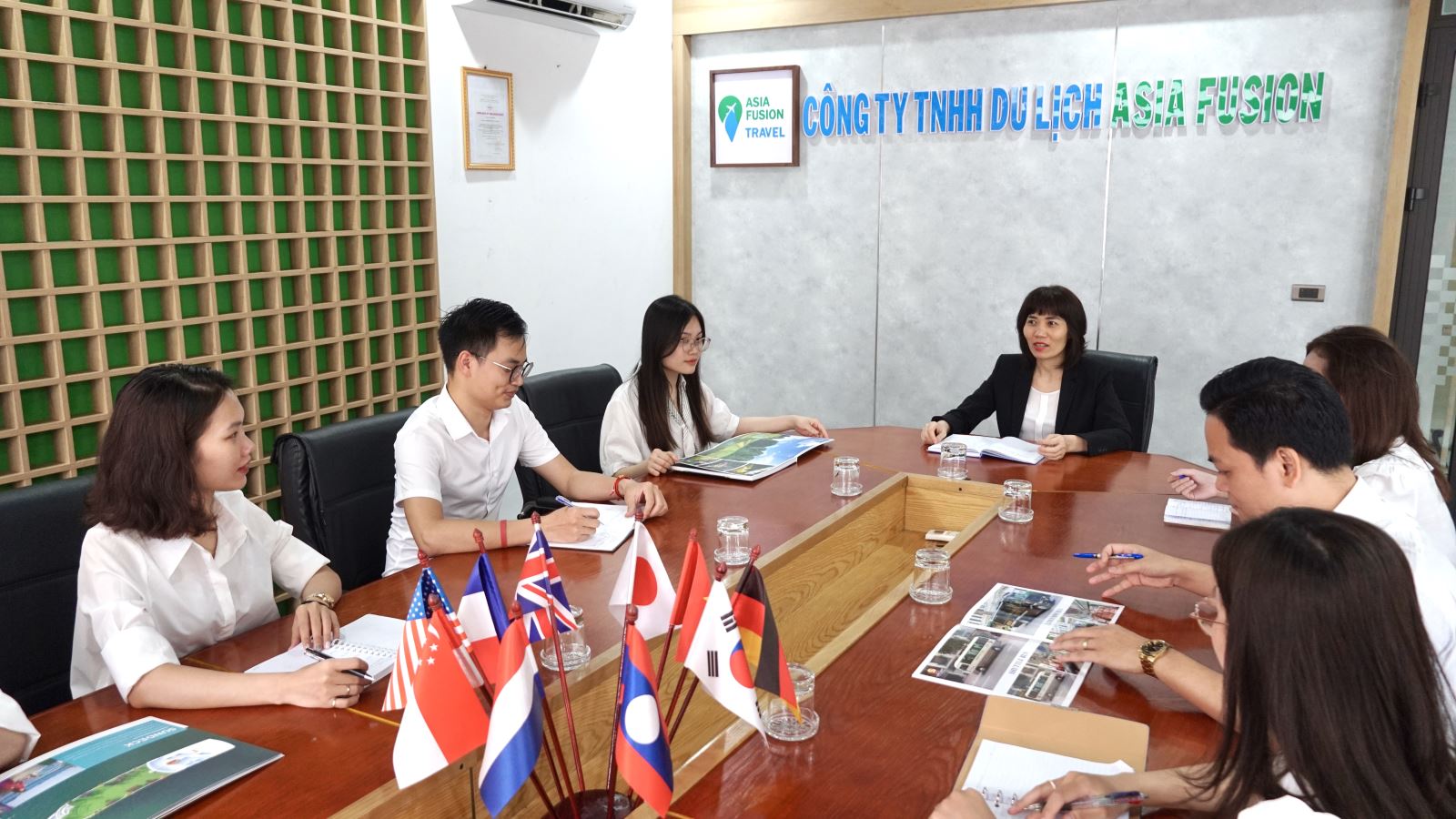
MEET OUR TEAM
Experience the Best with Asia Fusion Travel
At Asia Fusion Travel, we take immense pride in our team of seasoned travel professionals. With over eight years of experience in the tourism industry, our expertise has been honed through serving thousands of international visitors.
Why Choose Us
Our team's unwavering commitment and adaptability set us apart. No matter the situation, we go above and beyond to deliver an exceptional travel experience for our guests. From curating novel tour itineraries to seamlessly resolving unexpected challenges, putting our clients' interests and satisfaction first is always our top priority.
Proven Excellence
Asia Fusion Travel's longstanding track record is a testament to the professionalism and quality service we strive to provide. Our wealth of hands-on experience guarantees that every detail of your journey is meticulously looked after.
Your Journey, Our Passion
Let our knowledgeable and dedicated team guide you through the wonders of Asia. Embark on an unparalleled adventure with Asia Fusion Travel, where creating unforgettable travel memories is our passion.

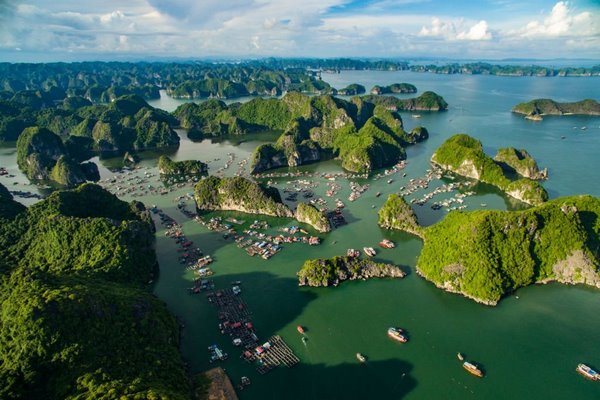
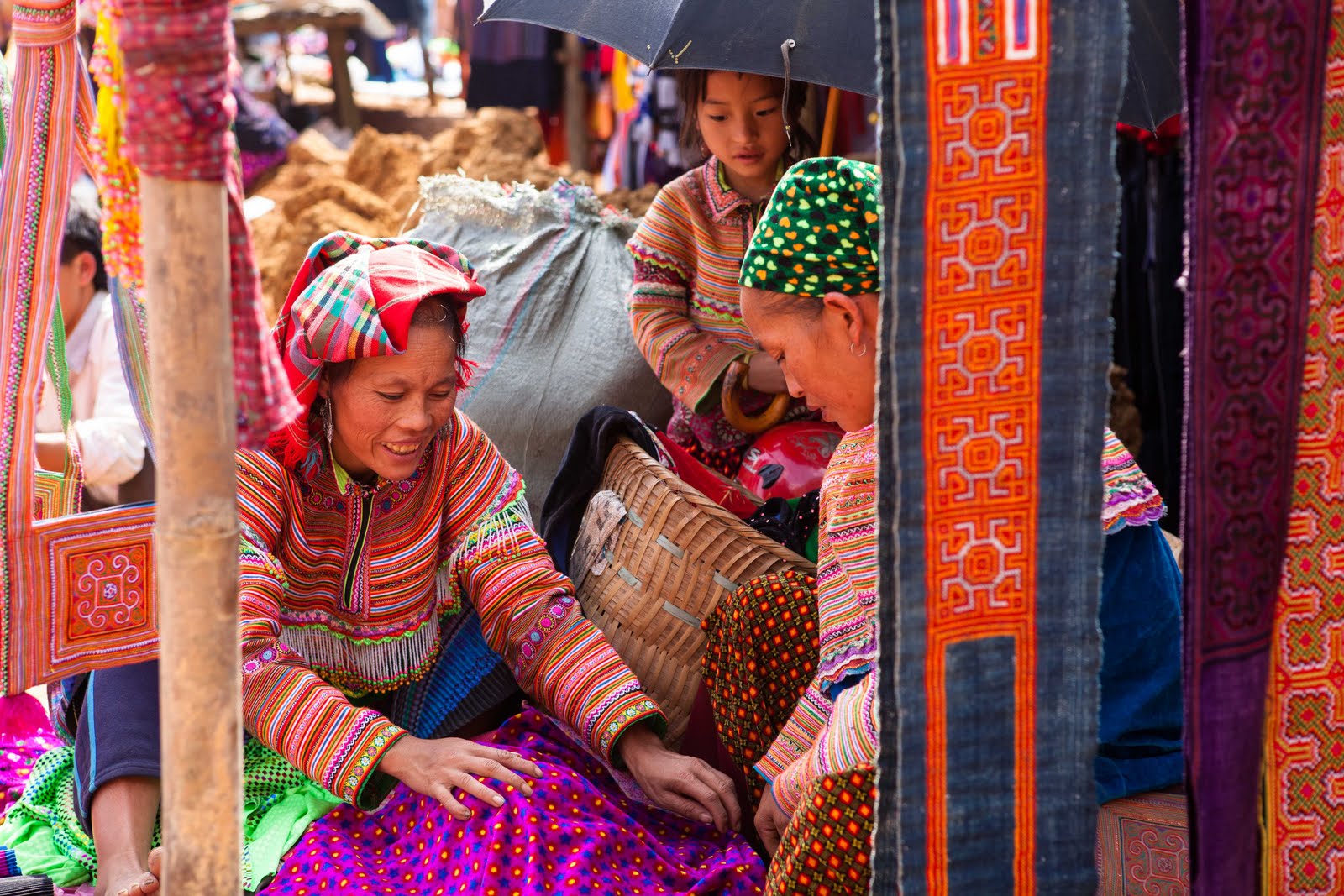



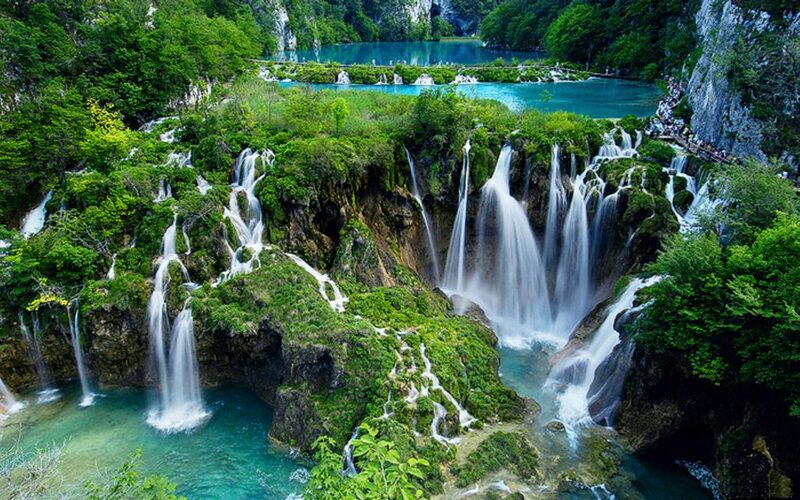

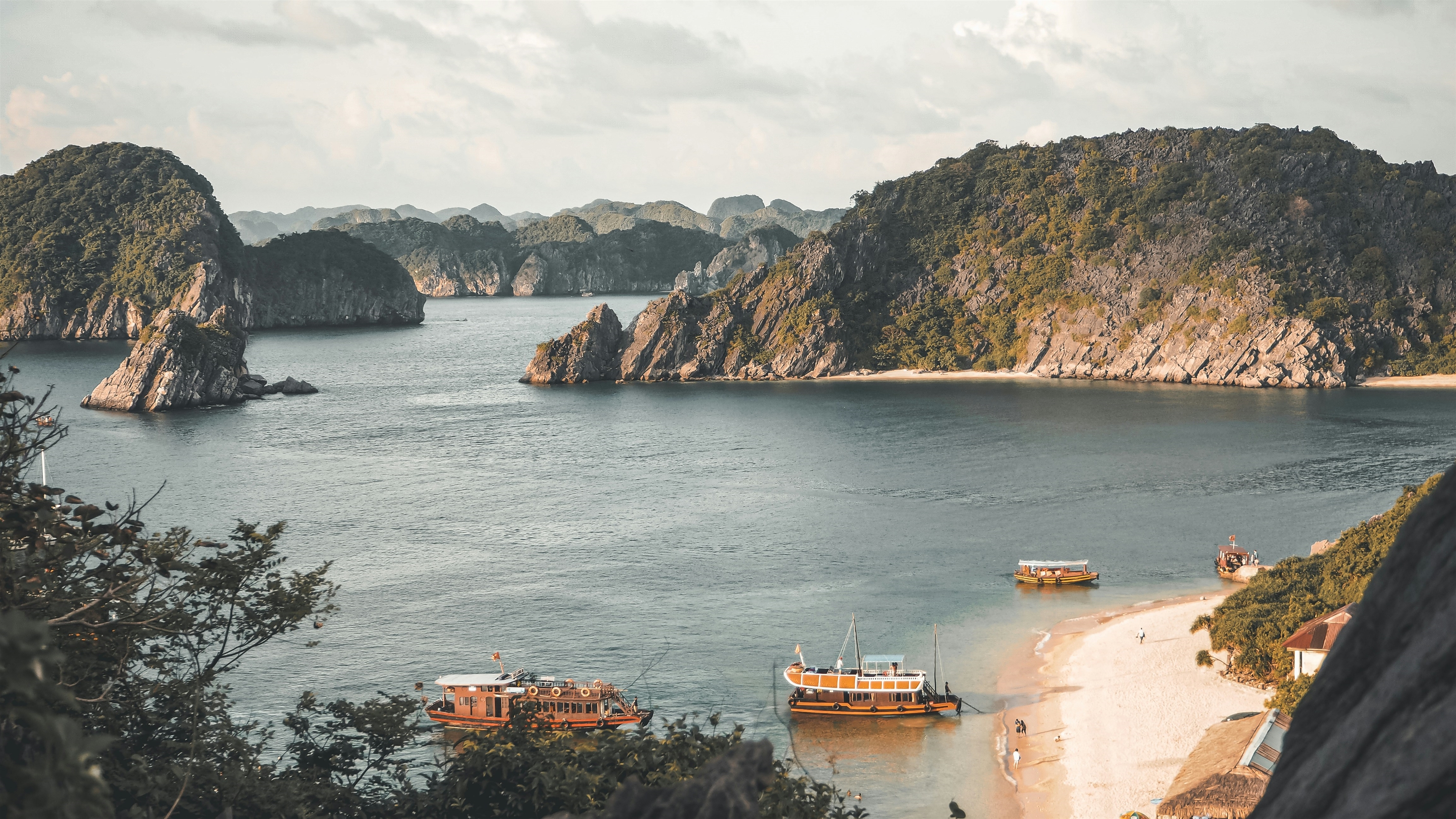


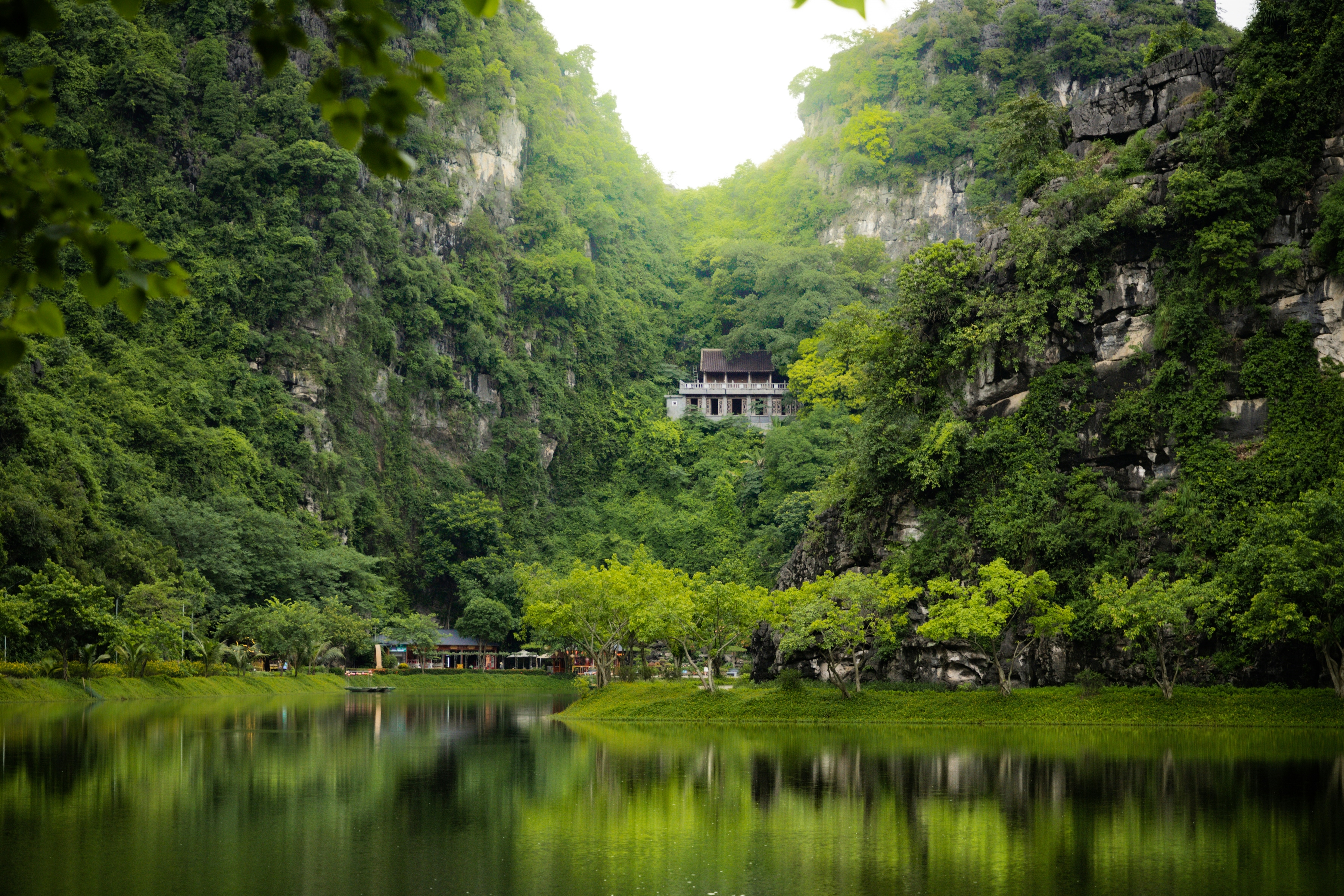
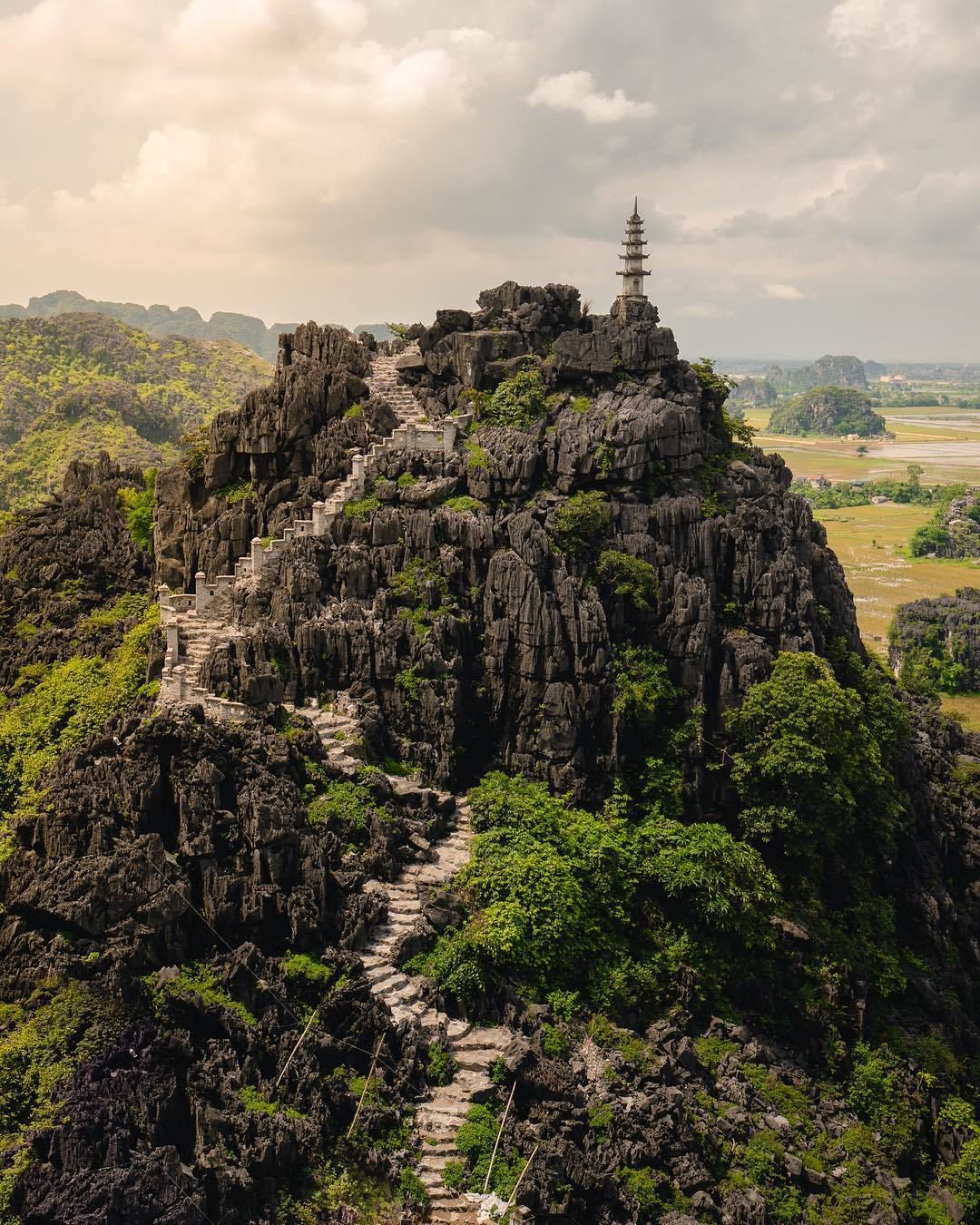
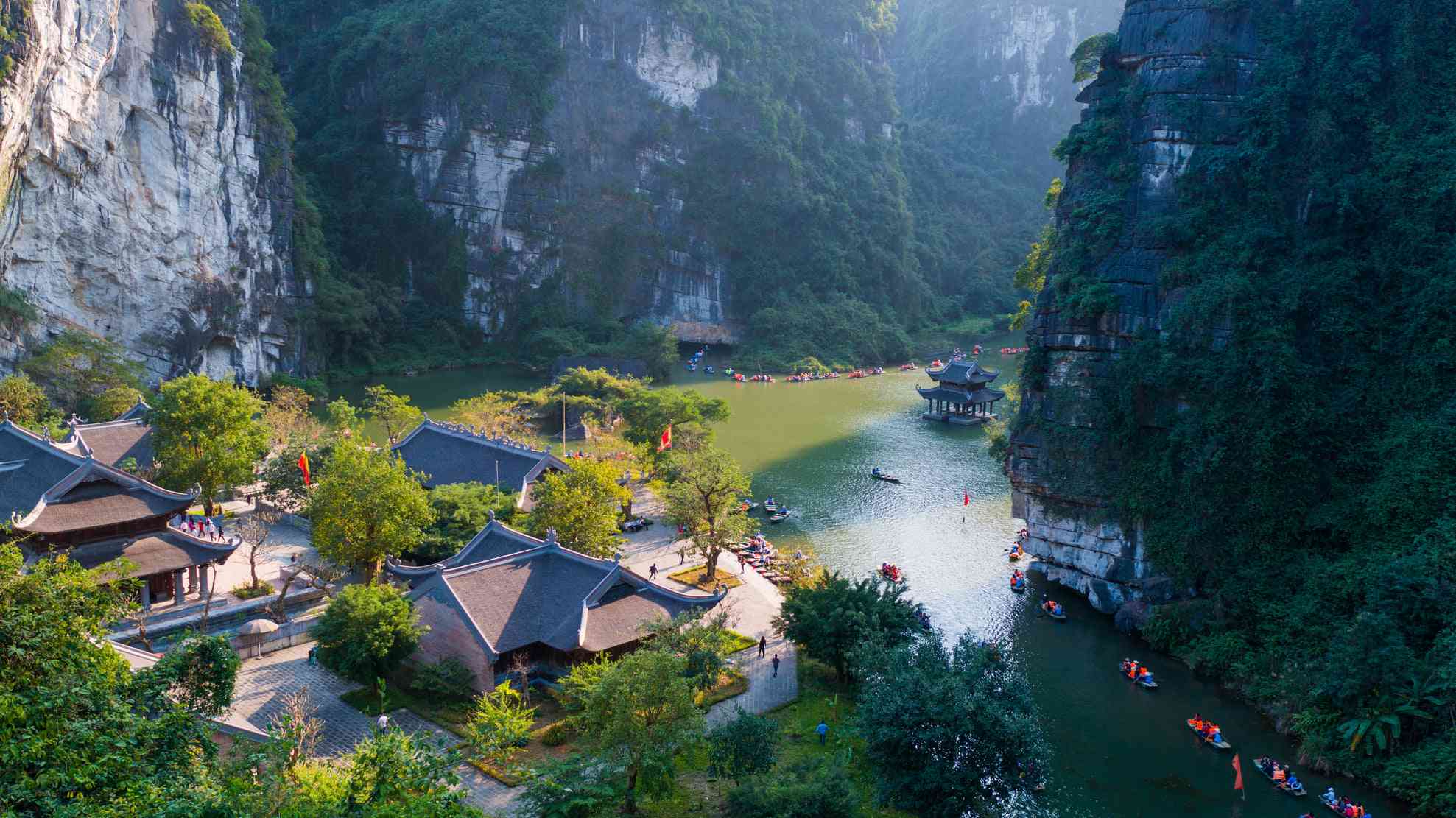
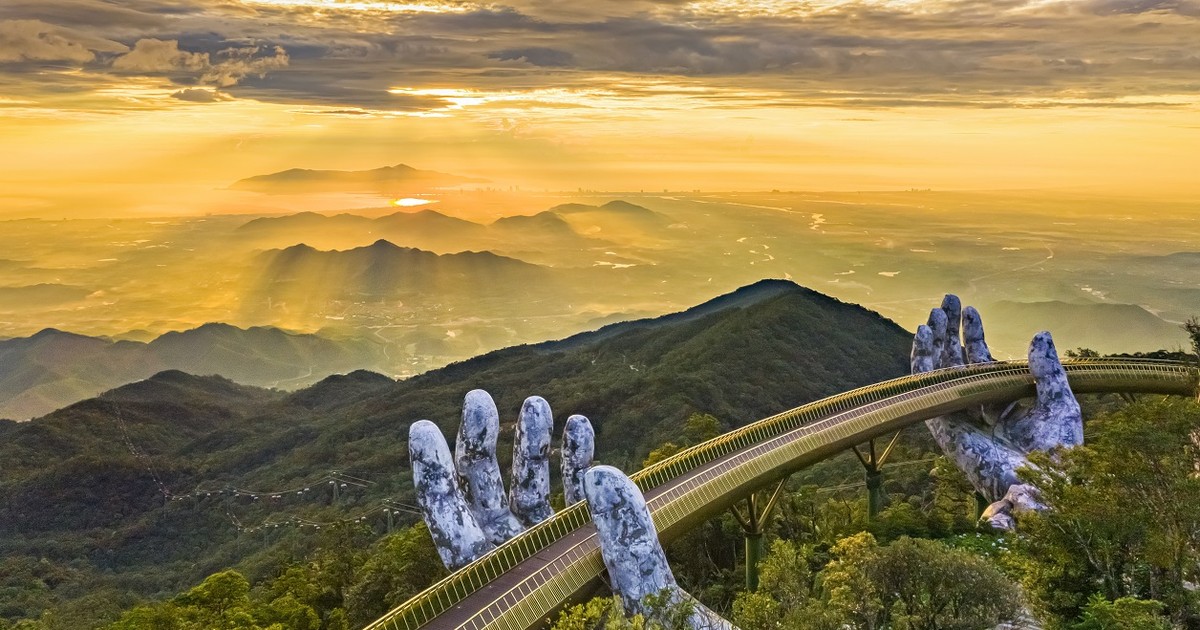

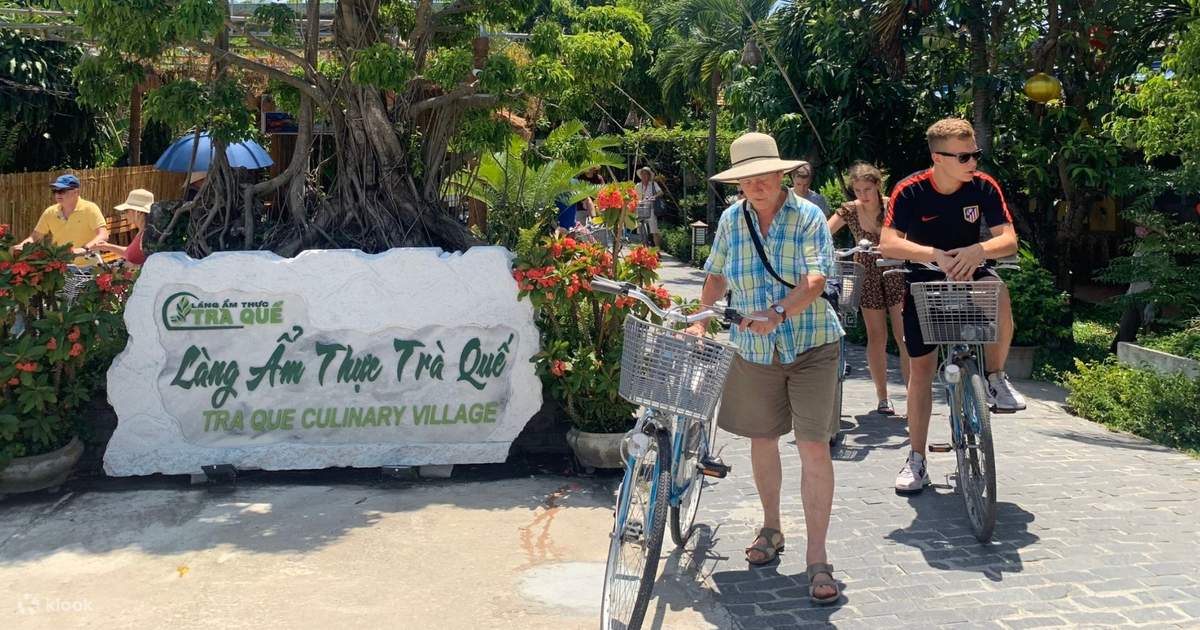

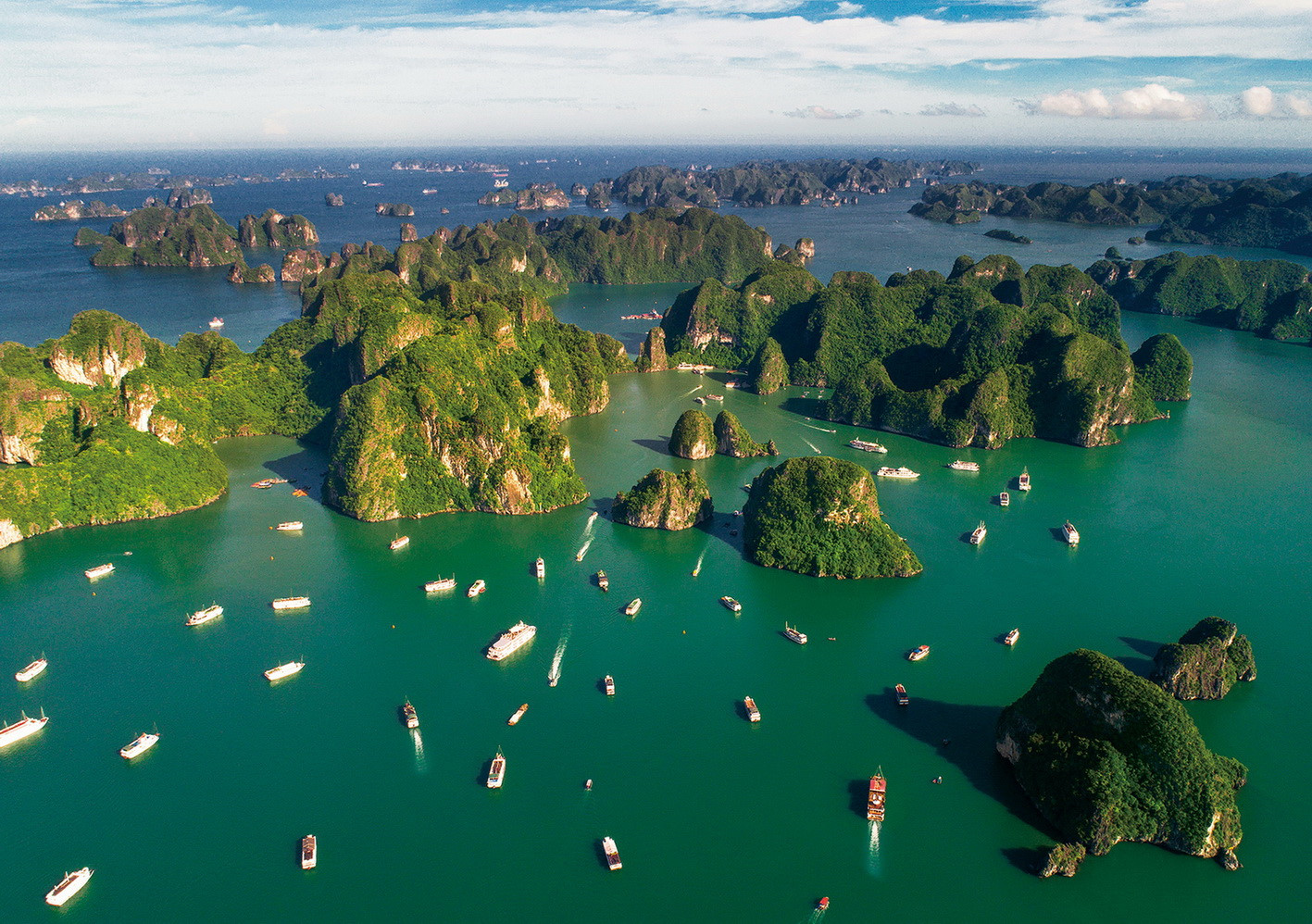


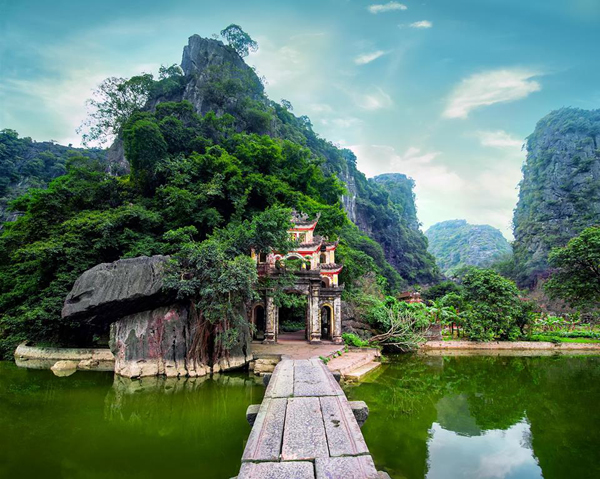

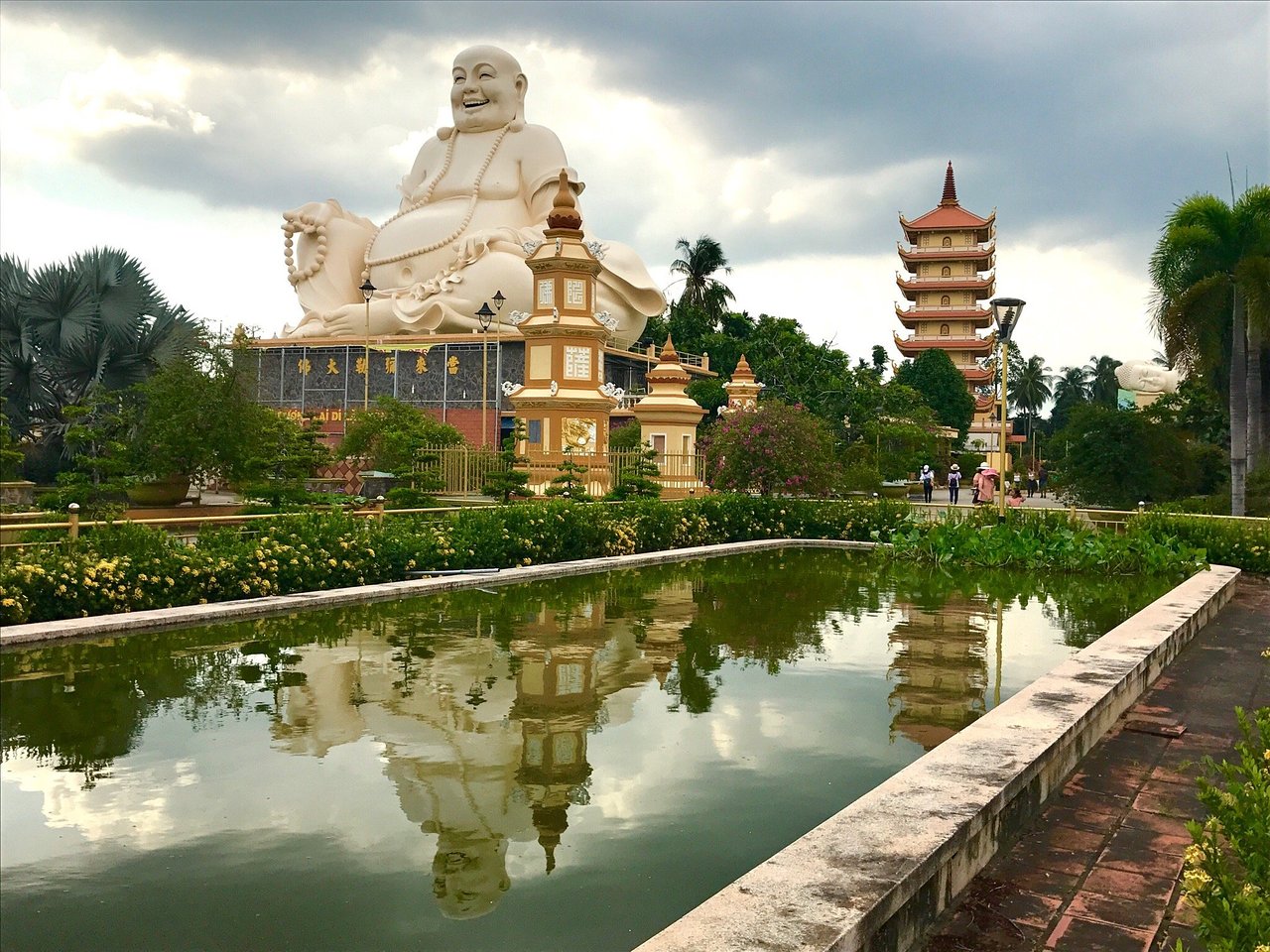
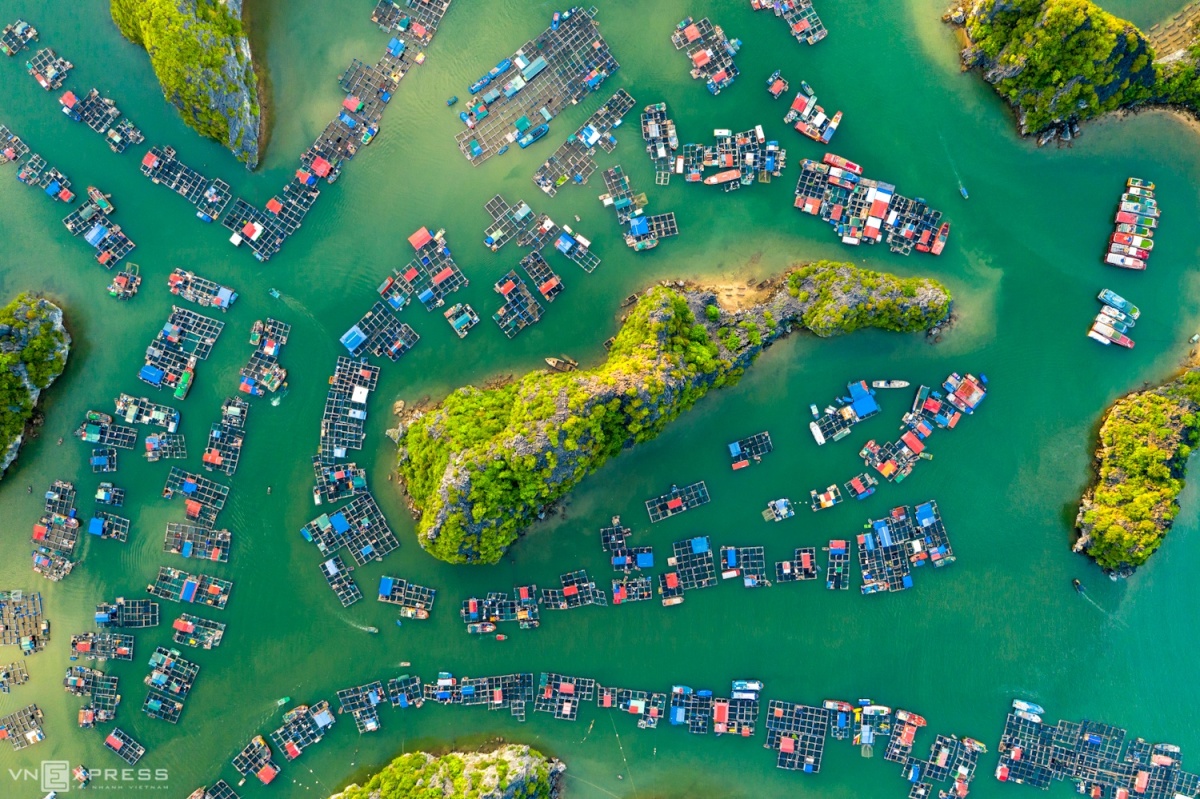
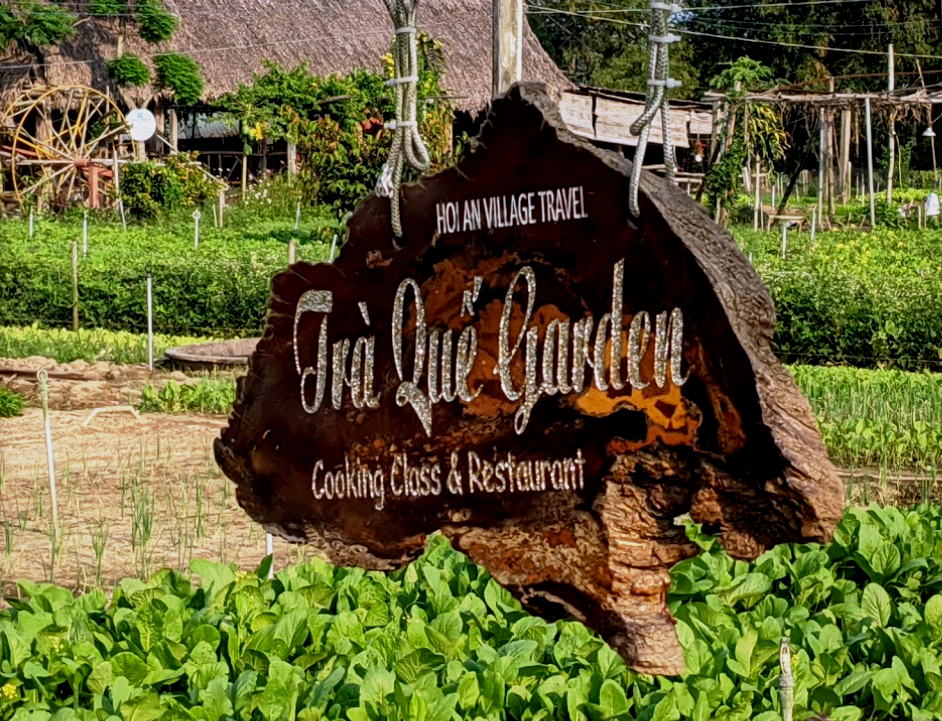
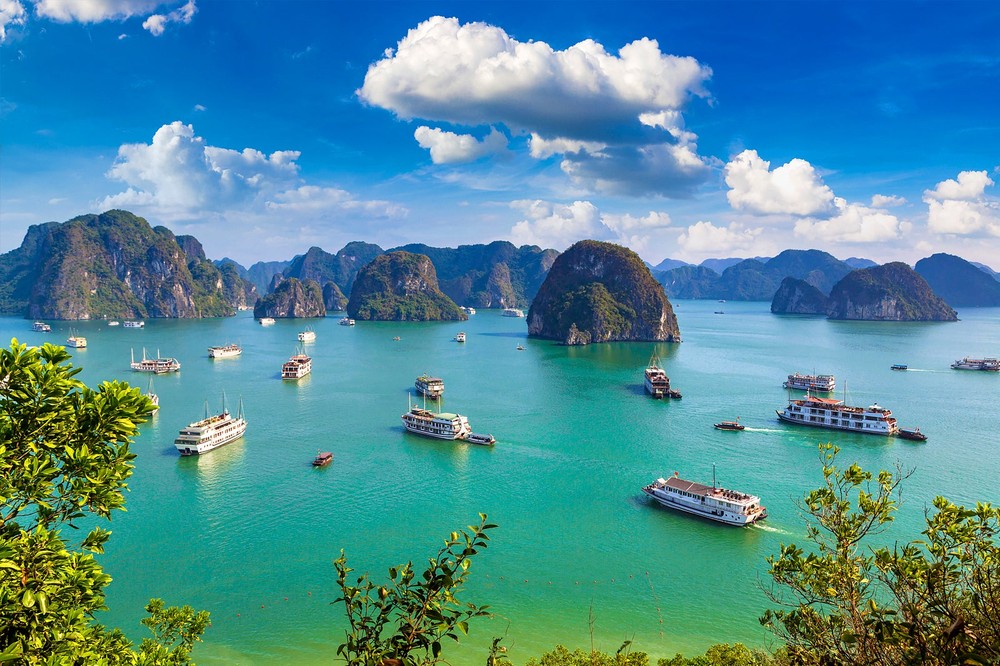

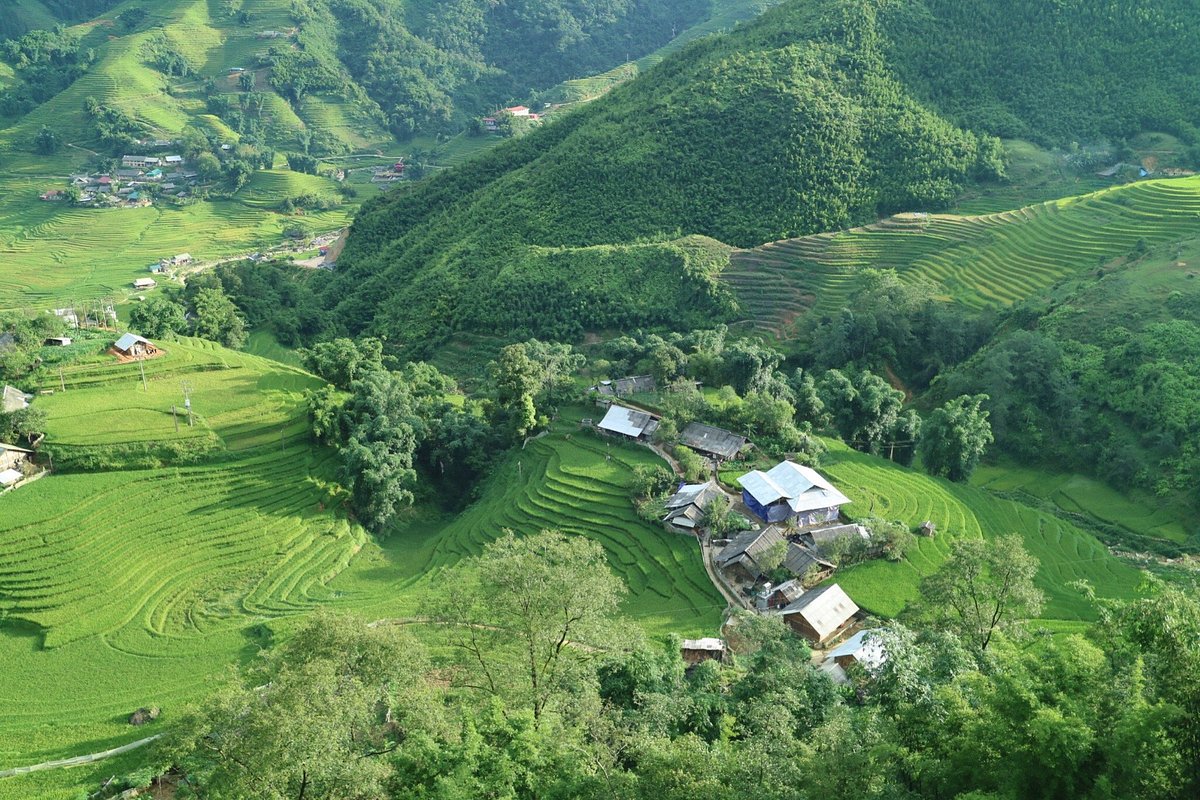
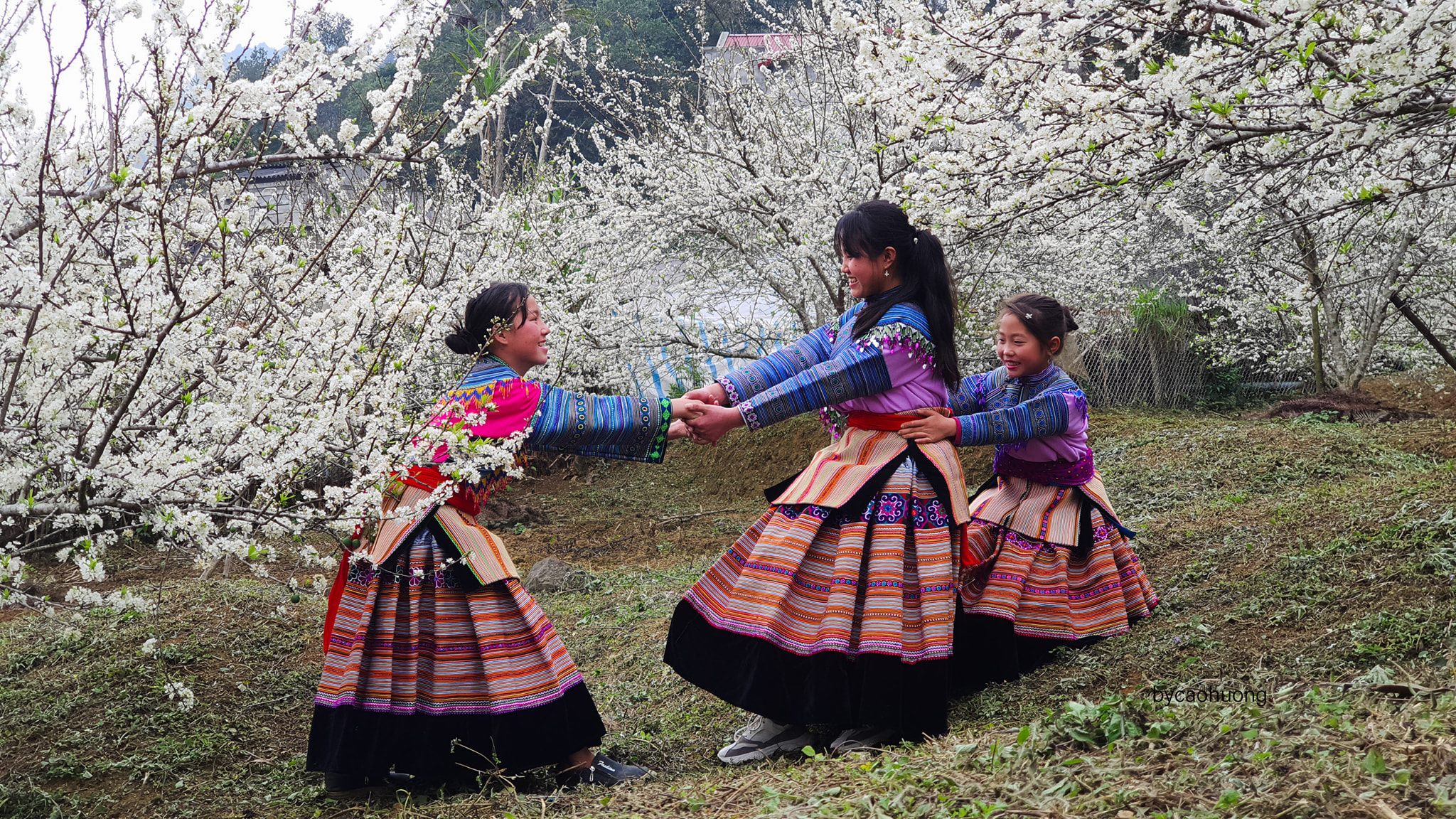



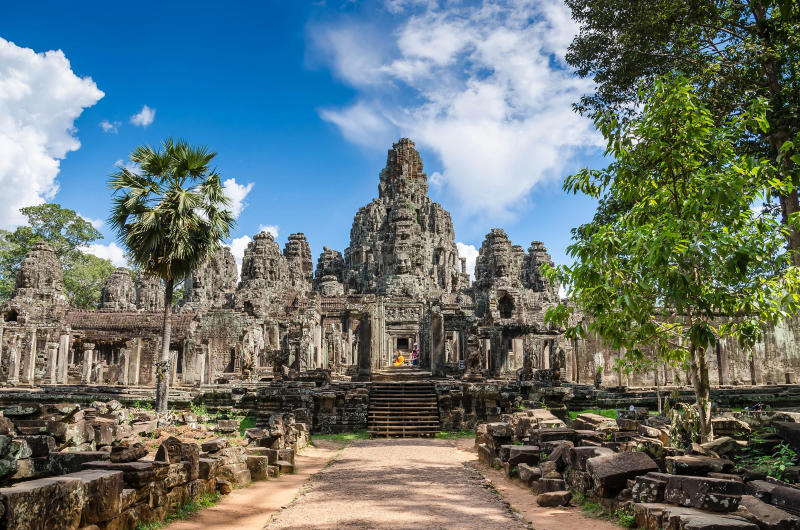
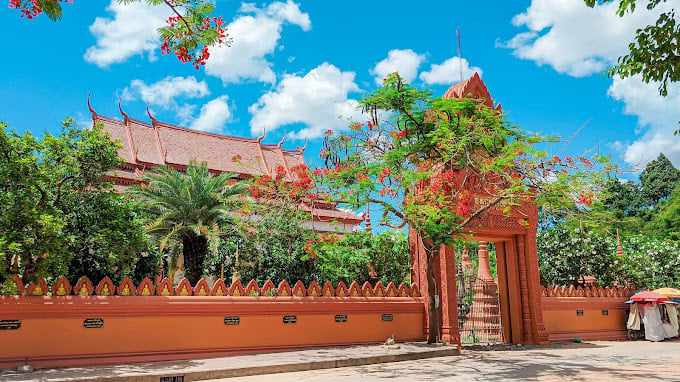

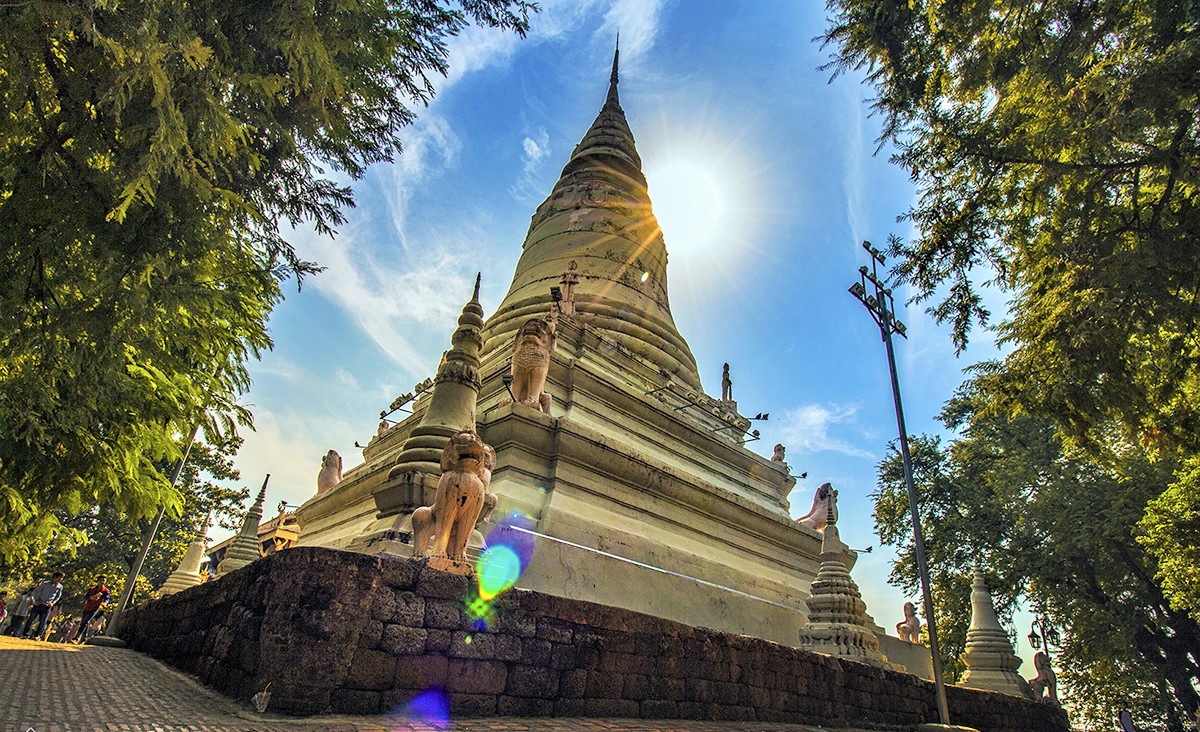
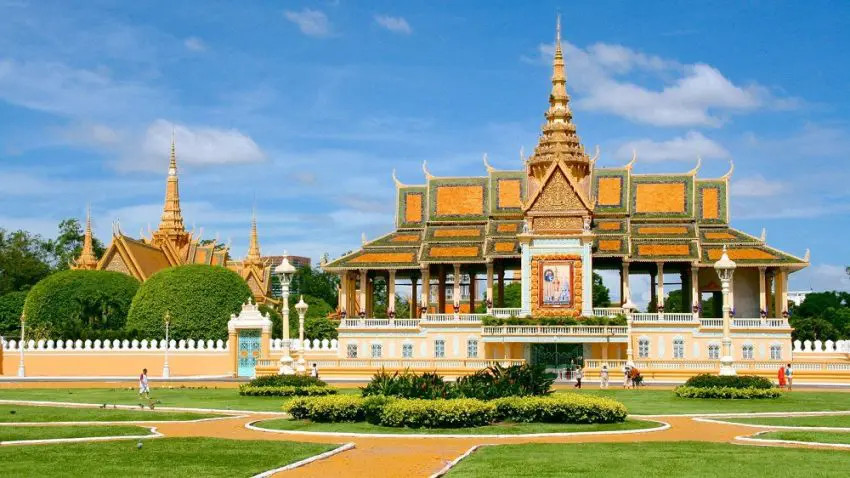


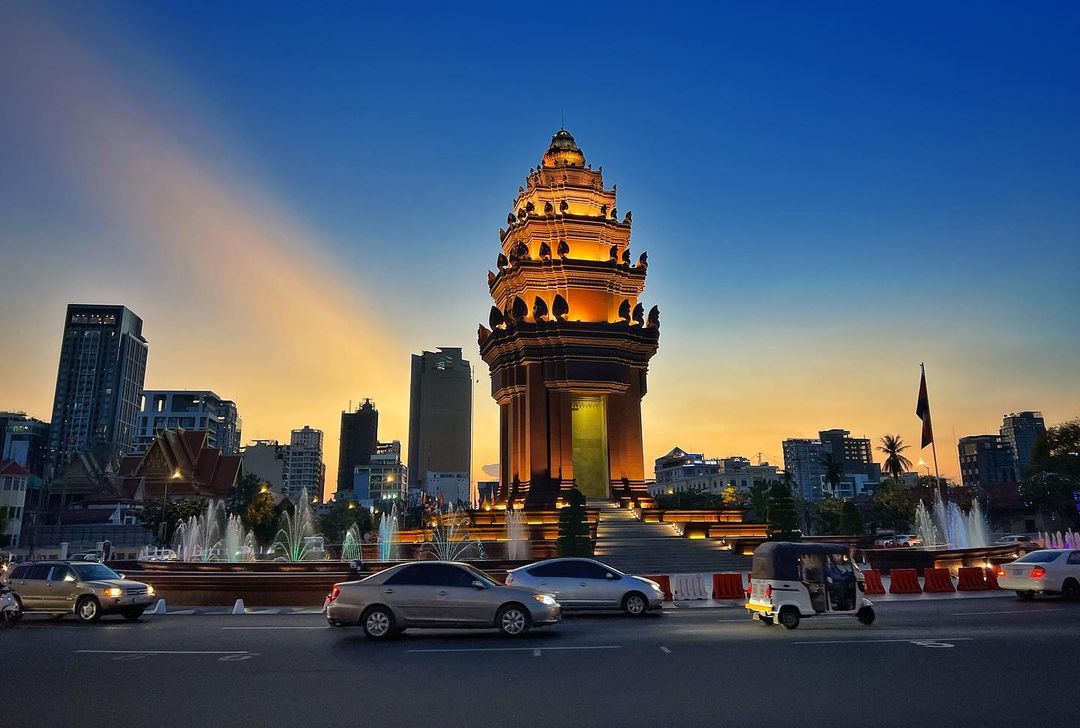
.jpg)
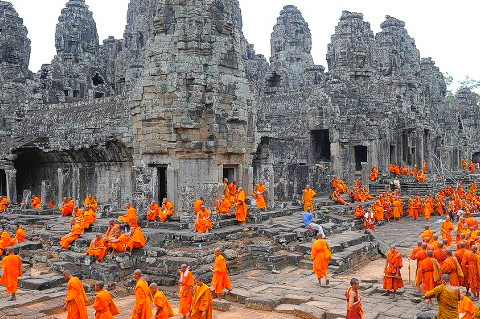
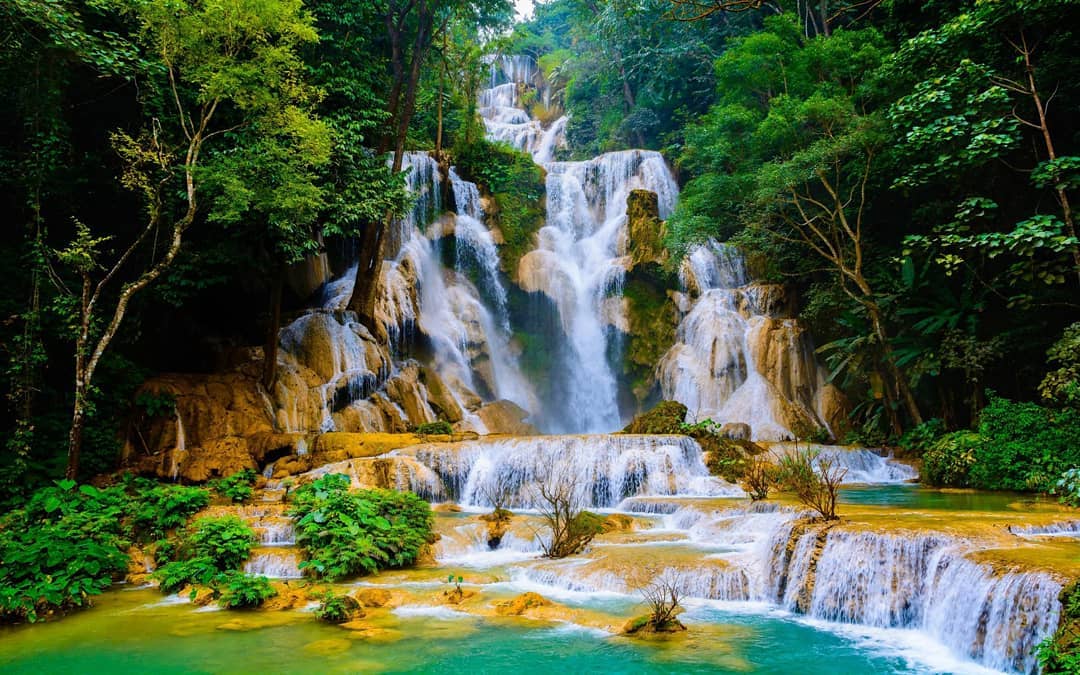
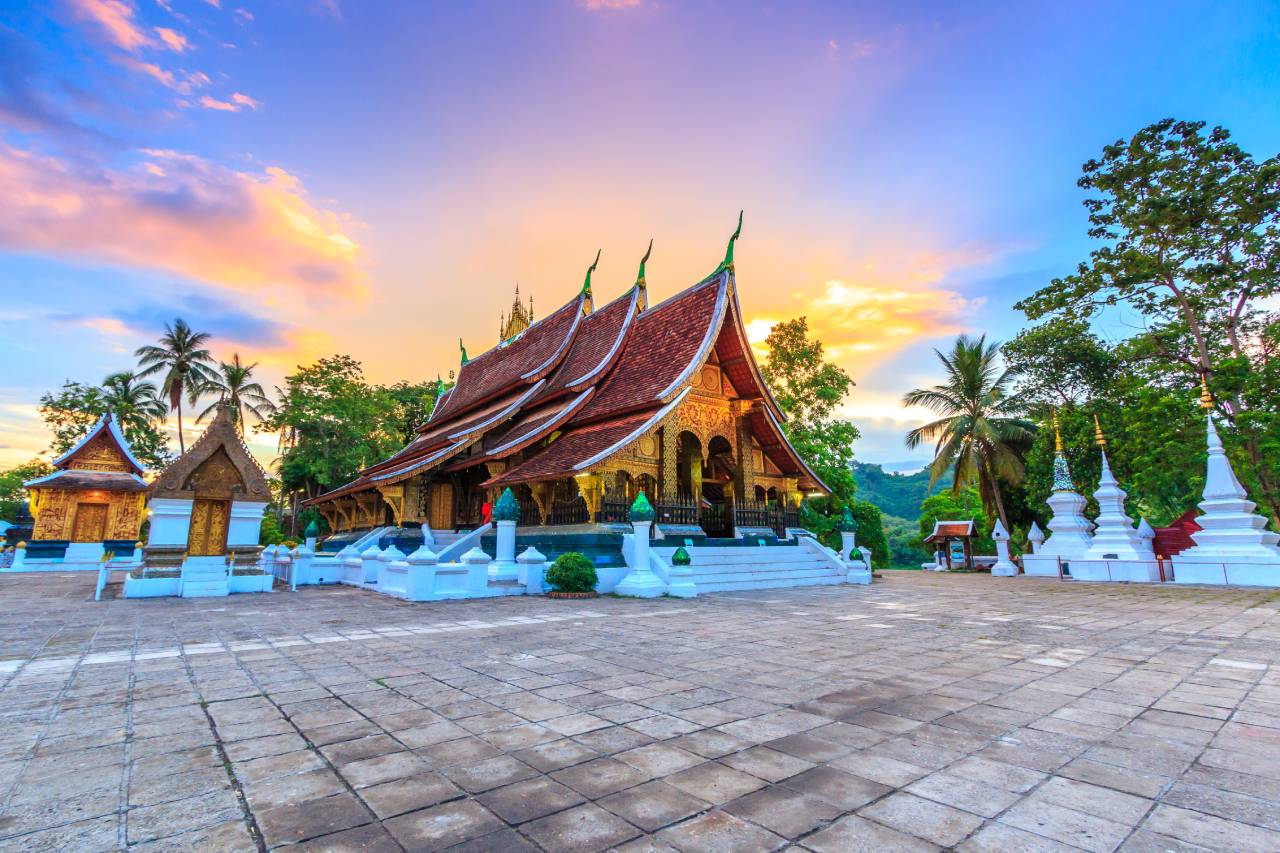
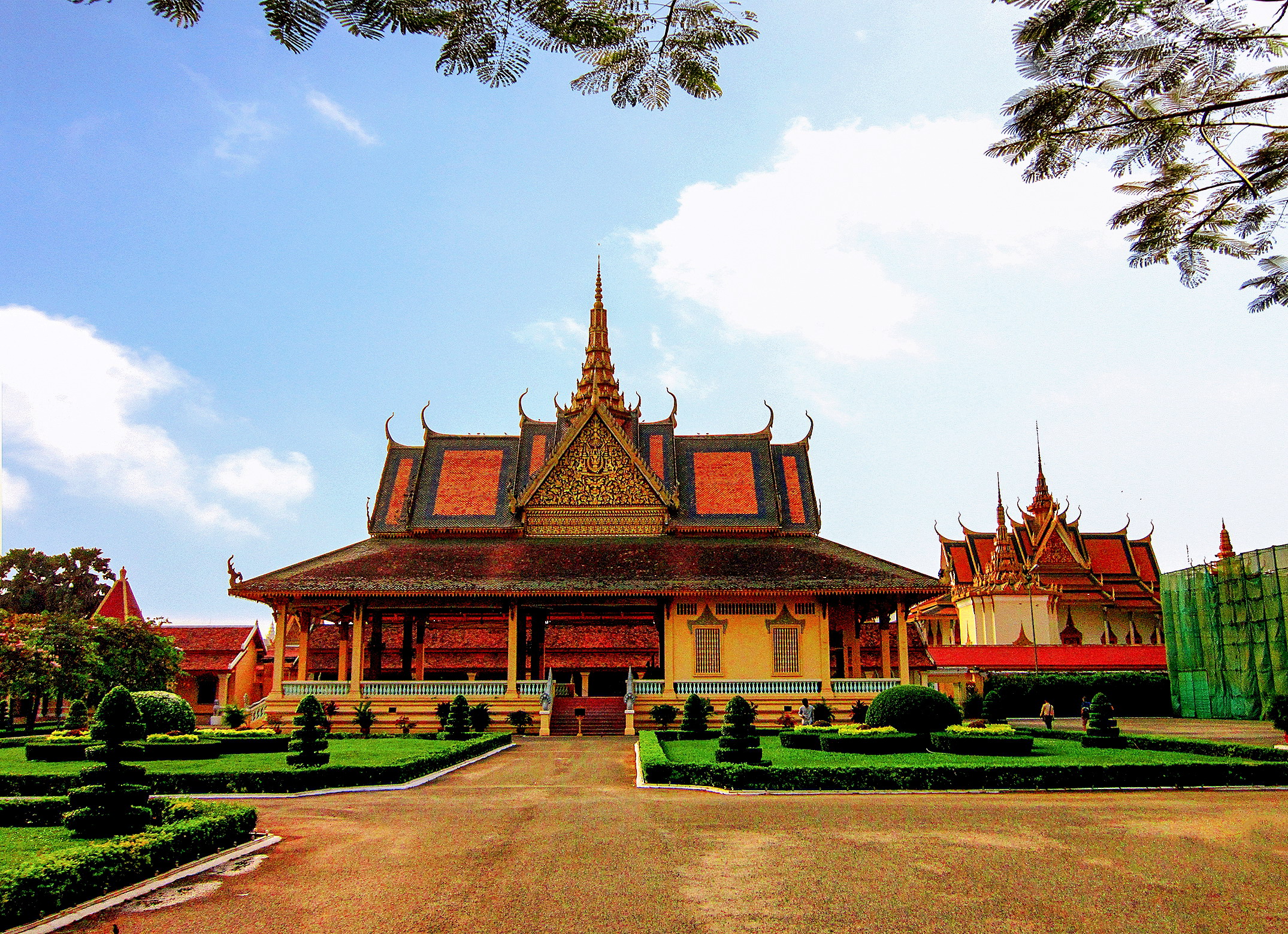
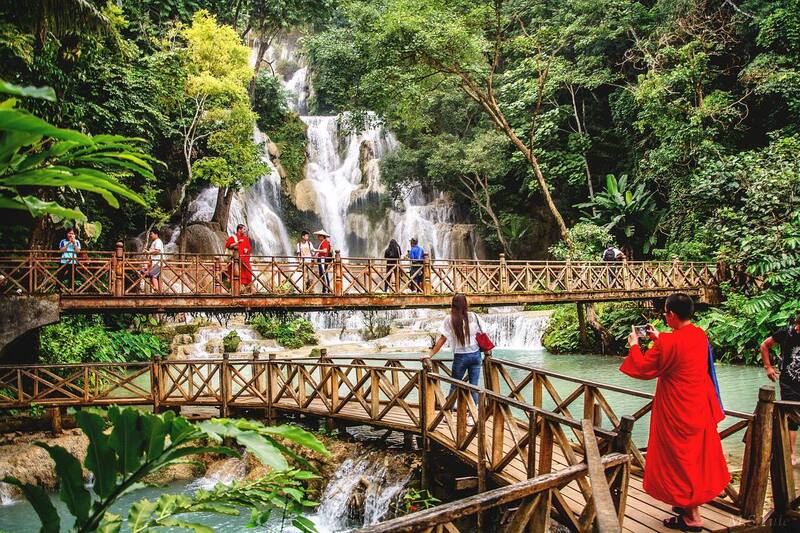
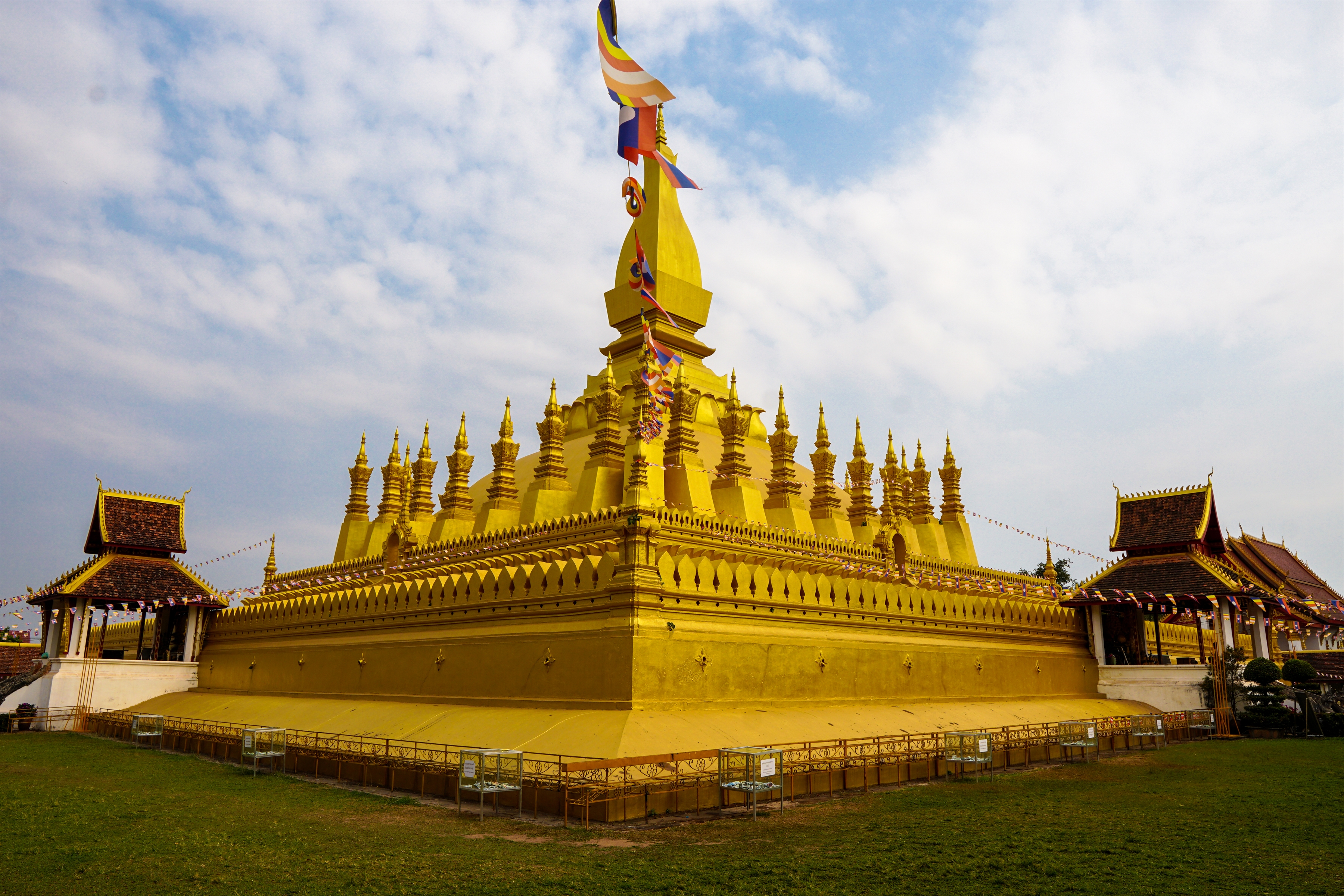
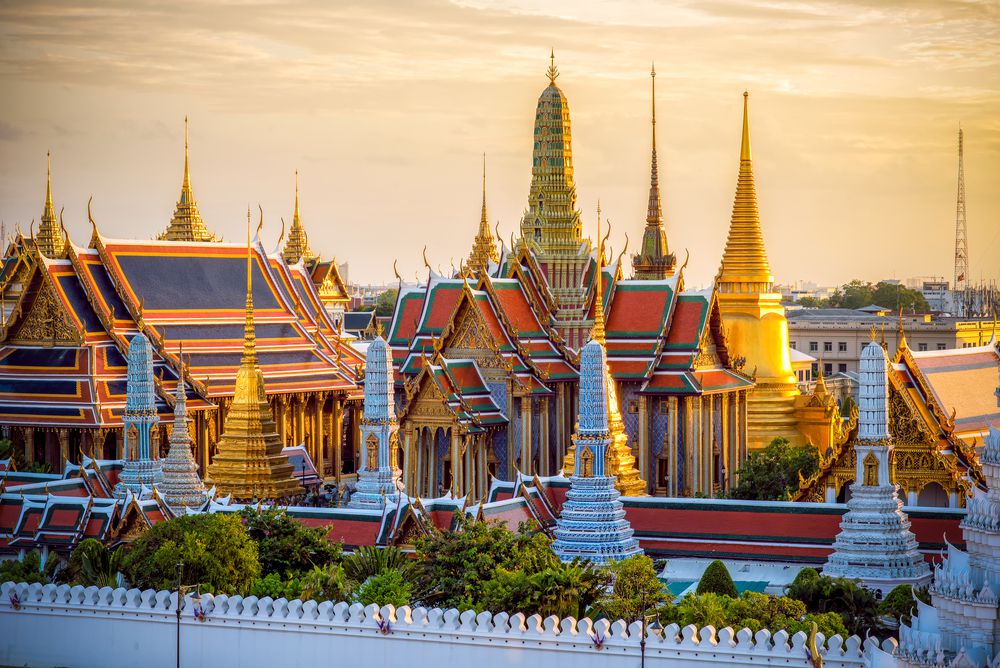
.jpg)
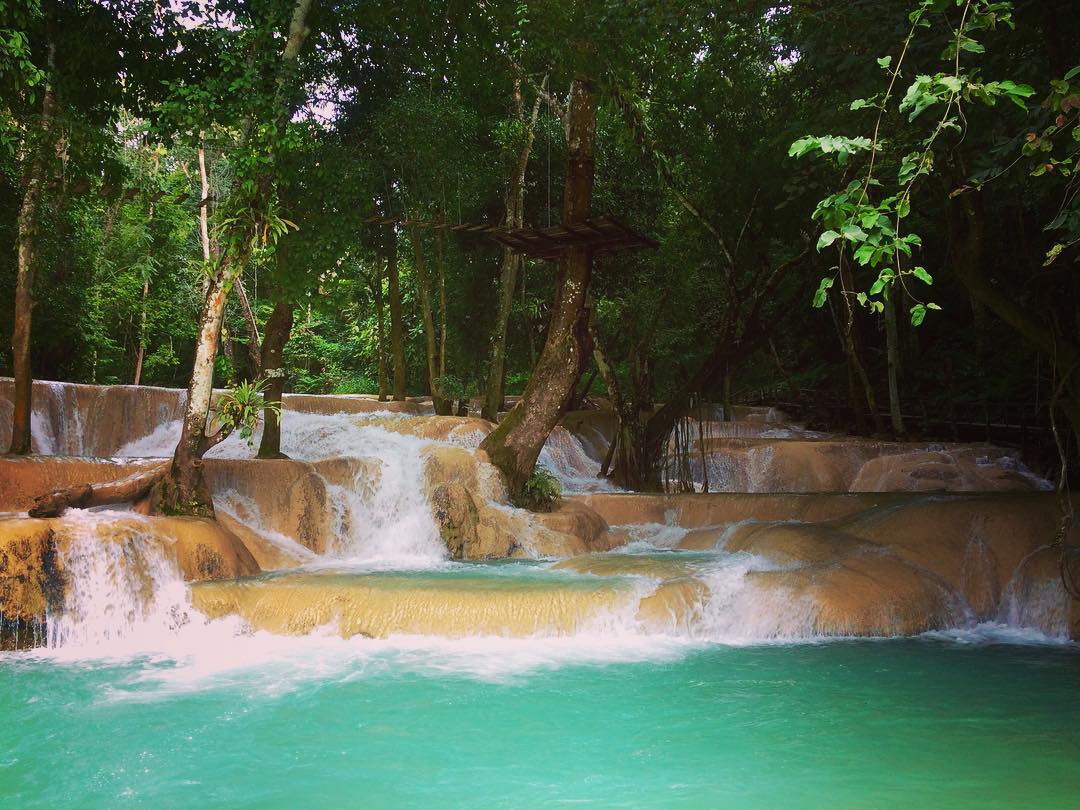
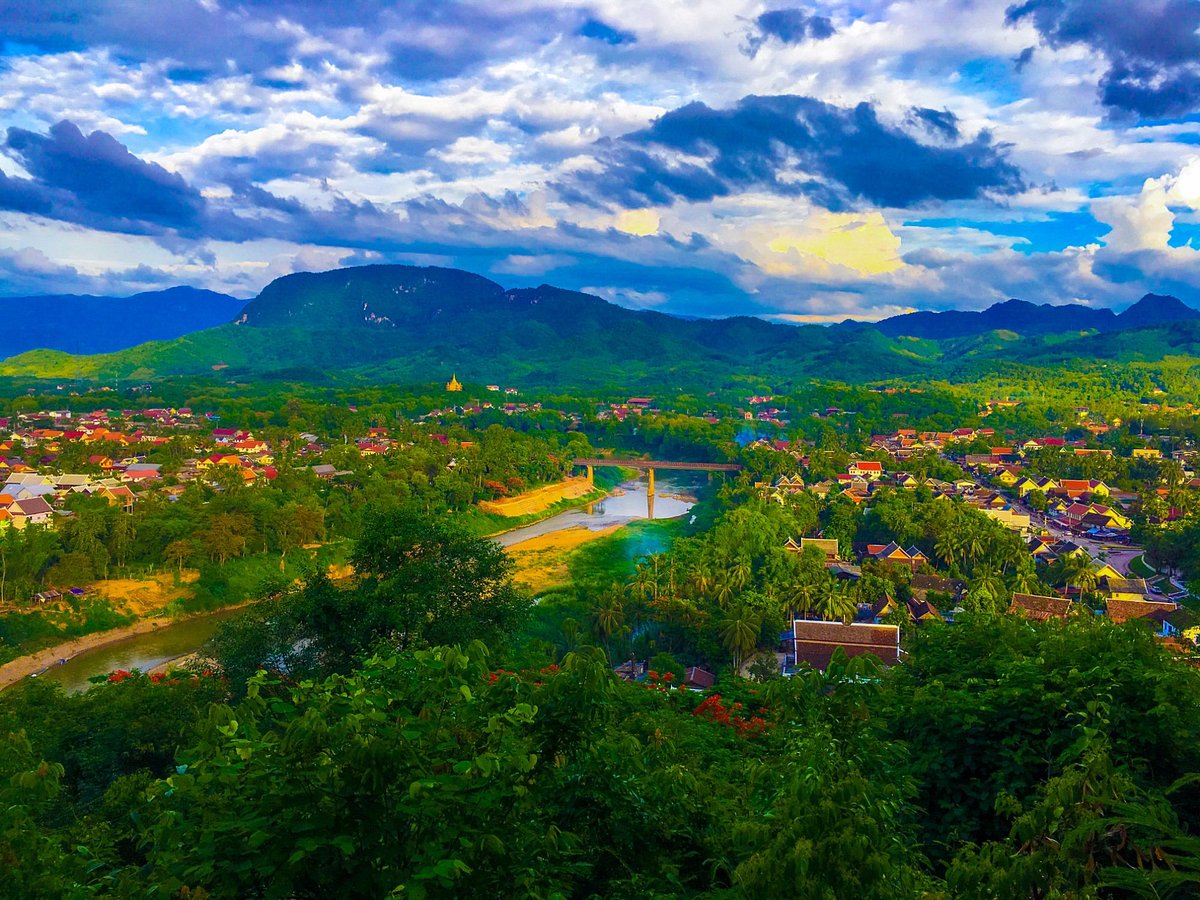

.jpg)

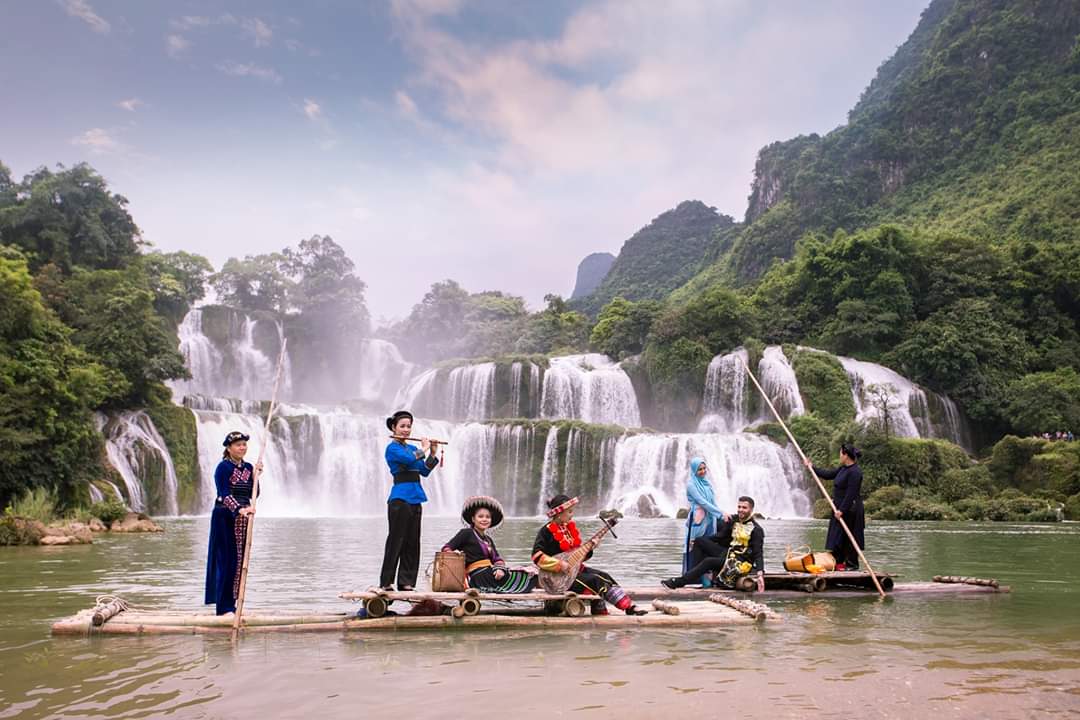
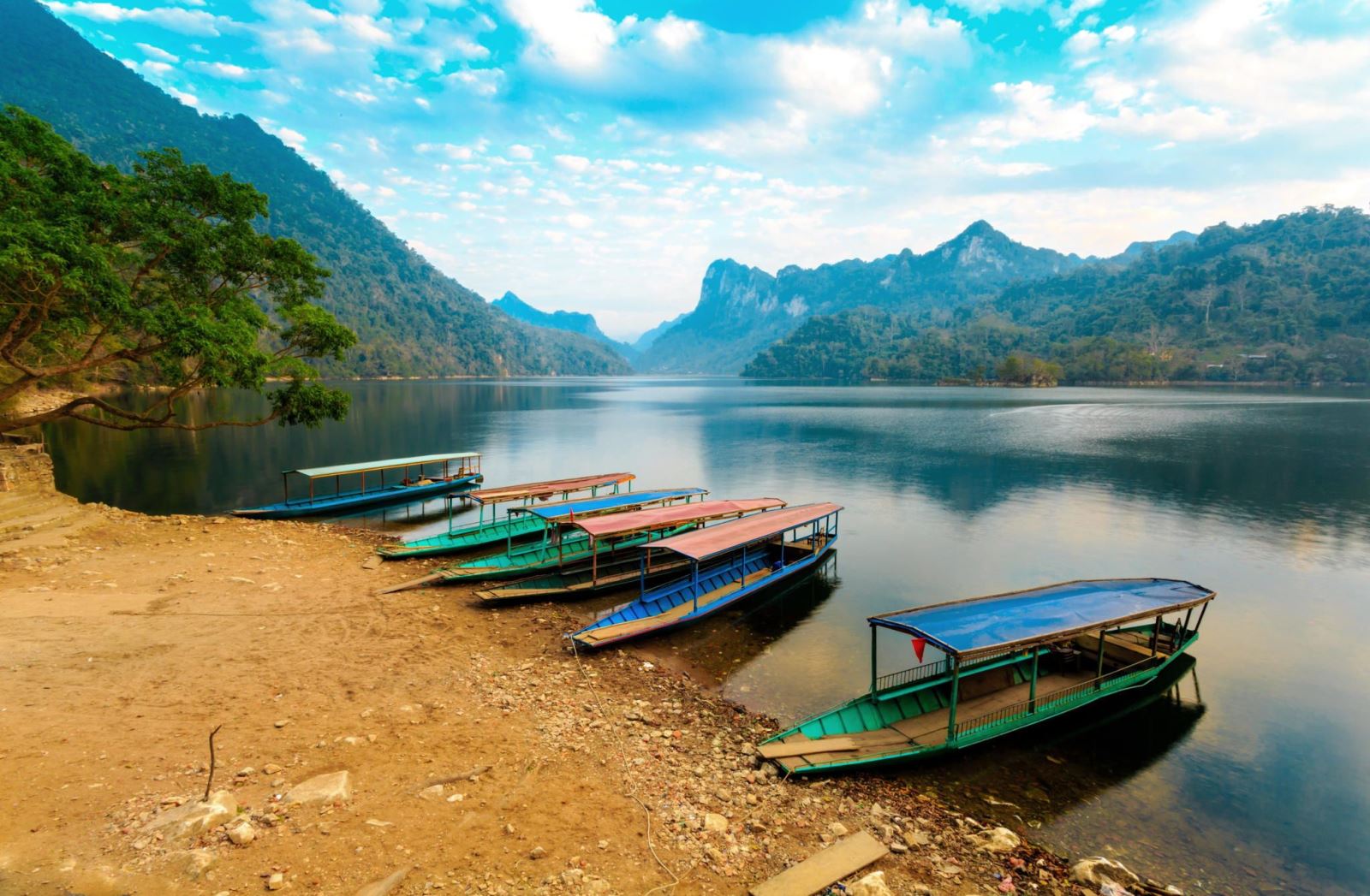
.png)

